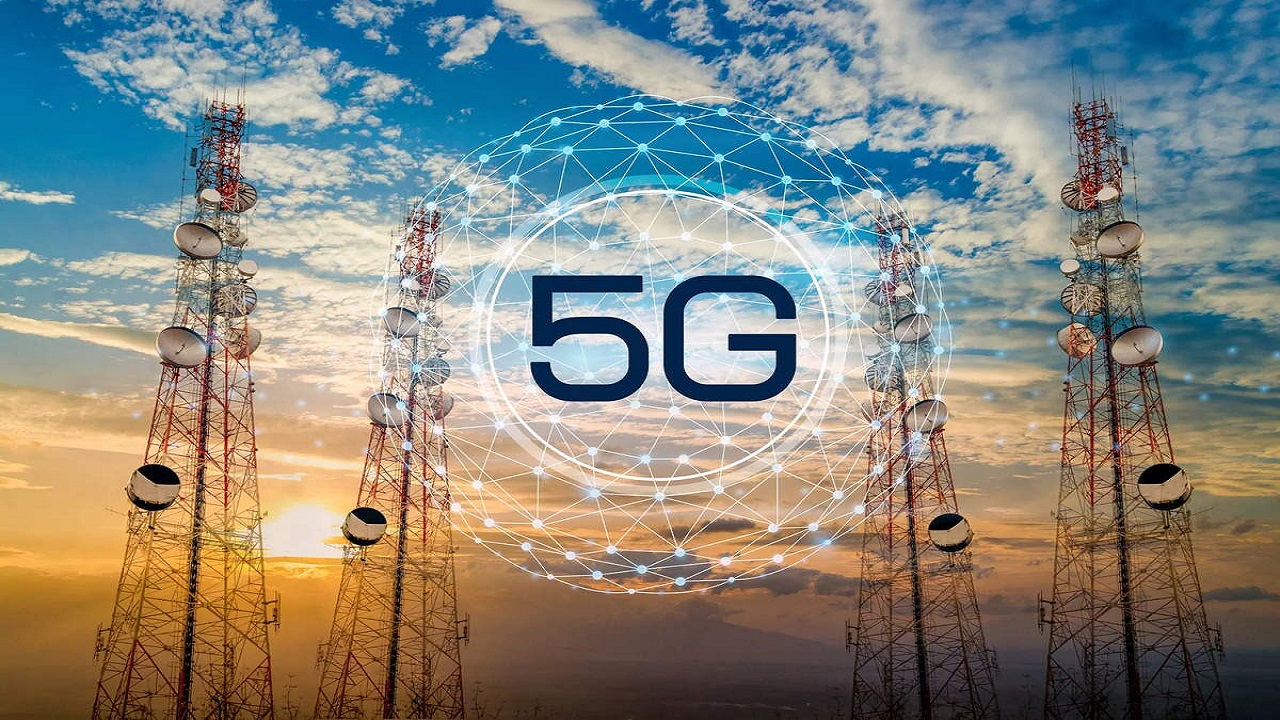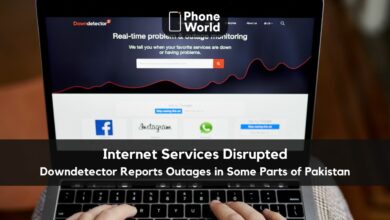Empowering the Future: Understanding 5G Infrastructure Needs

Have you ever thought why many countries around the world including Pakistan haven’t launched 5G as of yet? This is because they require huge investments for 5G infrastructure development, as compared to 3G & 4G infrastructure. Basically, the 5G infrastructure refers to the network of macro and small-cell base stations that are equipped with edge computing capabilities. If 5G networks operate on a low-frequency band spectrum, then they offer high coverage. On the other hand, there is low latency coverage for big data streams (low-frequency band spectrum) that power applications such as IoT devices, self-driving cars, etc.
We can categorize the 5G infrastructure into 2 types:
Non-standalone Infrastructure (NSA):
NSA is partly built upon the already existing 4G LTE infrastructure, however, it also utilizes some new technology like 5G New Radio (NR). As per the 3GPP standards, NSA architecture comprises of 5G Radia Access Network (RAN) and the 5G NR interface operating together with existing 4G infrastructure and core network. According to a source, the NSA architecture has dominating the market in the recent years. Several major telecom providers, including AT&T, Verizon, etc, have deployed 5G NSA network models for basic usage.
Standalone Infrastructure:
This infrastructure is not build upon existing LTE networks and utilizes its own cloud-native network core that can be linked to the NR. Expert anticipate that telecom service providers will probably utilize the standalone infrastructures after moving through the NSA infrastructure. The standalone deployment option comprises of user equipment, and Radio Access Network (RAN), which includes the NR and the 5G core network. The 5G core network is based on a service-based 5G architecture framework equipped with virtualized network functions.
5G network tower infrastructure:
The 5G tower infrastructure consists of macro and small cells that serve as traditional cell towers. The network functions that generally run on hardware become virtualized and run as software in a 5G network. Most telecom operators will be utilizing the existing 4G LTE radio access networks (RANs) equipped with new antennas. It enables telcos to make the transition from 4G to 5G by rendering improved services while the new physical infrastructure is built.
5G infrastructure hardware
5G infrastructure hardware consists of the following components including:
Radio Access Network (RAN): It is a core network, that offers a wide range of services to customers who are interconnected by the access network.
A backhaul: It links the backbone and the edge networks.
A transport: It connects a 5G RAN and the core network.
Moreover, it is pertinent to mention here that the backhaul and transport network includes fiber optics or microwave antennas.
5G Infrastructure Development in Pakistan:
In Pakistan, the delay in launching 5G networks can be attributed to the substantial investment required for developing the necessary infrastructure. The transition to 5G entails not only upgrading existing infrastructure but also deploying new technologies. Therefore, to fully embrace the benefits of 5G technology, Pakistan will need to allocate substantial resources towards building the required infrastructure, including Radio Access Network (RAN), backhaul, and transport networks.
Read out detailed article by clicking on this link to know about current situation of 5G in Pakistan.
PTA Taxes Portal
Find PTA Taxes on All Phones on a Single Page using the PhoneWorld PTA Taxes Portal
Explore NowFollow us on Google News!





